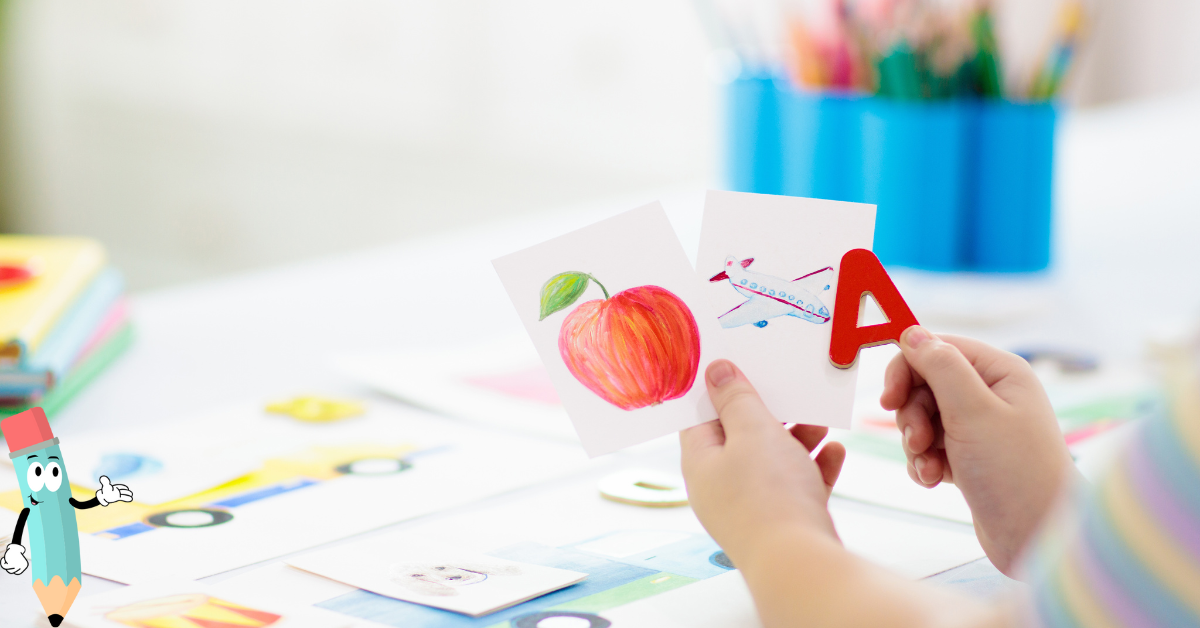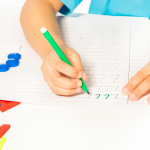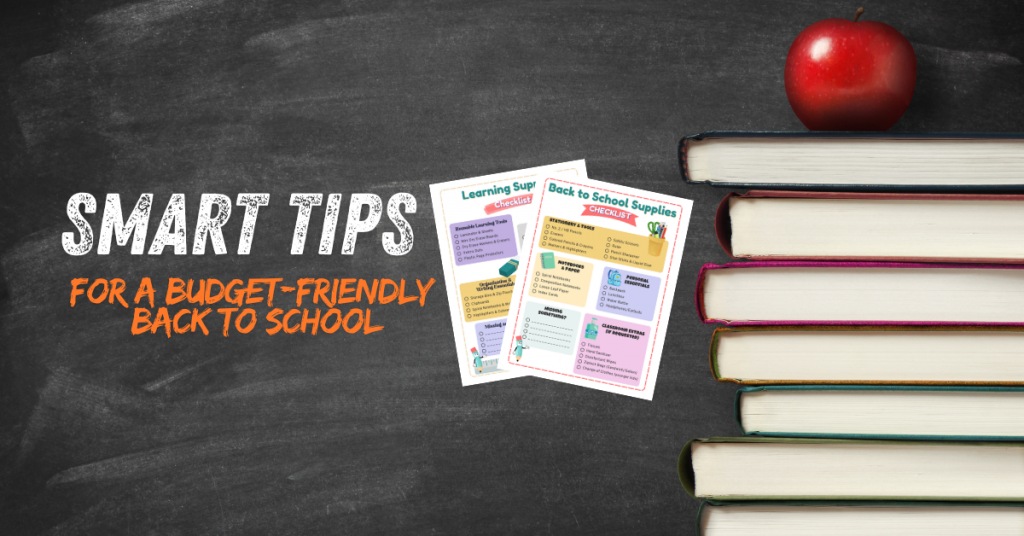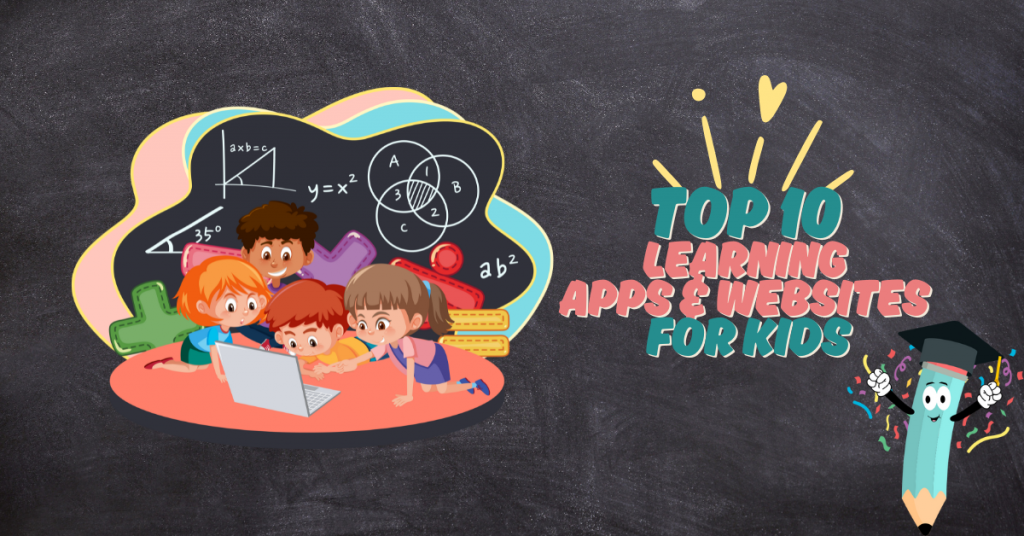As parents, we know how important it is to create a positive learning environment at home, especially during those early years when our little ones are soaking up knowledge like sponges. But where do we start? How can we make sure that our kids are not only learning but also having fun while they do it? Don’t worry—setting up an engaging learning space at home is easier than you think! Here are some simple tips to help you get started.
1. Create a Dedicated Learning Space
The first step is to carve out a special spot in your home just for learning. This doesn’t have to be a big area—just a cozy corner with a small table and chair can work wonders. The key is to make it a place where your child feels comfortable and ready to focus. You might want to add some colorful posters, a bulletin board for displaying their work, or even a few educational toys to keep them motivated. Having a dedicated space helps signal to your child that it’s time to learn, making it easier for them to transition from playtime to “school” time.
2. Stock Up on Engaging Learning Materials
Once you’ve set up your learning space, it’s time to fill it with materials that will keep your child engaged and excited about learning. This is where having a variety of printables, worksheets, and activity books comes in handy. For example, alphabet tracing worksheets are a fantastic way to help your child practice writing while also reinforcing their letter recognition skills.
To make things even easier for you, we’ve recently published two new tracing workbooks on Amazon:
- Upper Case Alphabet Tracing Workbook: Perfect for helping your child master those big, bold letters. Each page offers clear guides and plenty of space for your child to practice each letter.
- Lower Case Alphabet Tracing Workbook: A great companion to the upper-case workbook, this one focuses on the smaller letters that are just as important for your child to learn. Both workbooks are designed to be fun and engaging, with simple instructions that your child can easily follow.
These workbooks are perfect additions to your home learning space, offering structured yet enjoyable ways for your child to develop their handwriting skills.
3. Incorporate Play into Learning
Learning doesn’t have to be all about sitting still and focusing on worksheets. In fact, some of the best learning happens when your child is up and moving! Try to mix in activities that get them physically involved. For instance, you can turn letter tracing into a game by having your child trace letters in the air with their finger or even draw them in sand or shaving cream. You can also use everyday moments—like sorting laundry or cooking together—as opportunities to teach basic concepts like counting, colors, and shapes.
4. Keep the Learning Experience Positive
The most important thing is to keep the learning experience positive. Praise your child’s efforts, no matter how small, and make sure to celebrate their successes. If they’re struggling with a particular activity, try breaking it down into smaller steps or take a break and come back to it later. The goal is to make learning something they look forward to, not something they dread.
Remember, every child learns at their own pace, and that’s okay! By creating a supportive and engaging environment at home, you’re helping to build their confidence and love for learning.
5. Explore Additional Learning Resources
Beyond the basics, there are so many ways to keep your child engaged and learning. Explore our Free Learning Resource section to find a variety of printable worksheets and activity books that cover everything from letter tracing to early math skills. These resources are designed to be both educational and fun, making them perfect for at-home learning.
And don’t forget to check out our YouTube channel, where we share educational videos that complement the worksheets and workbooks. These videos offer a great way to reinforce what your child is learning and can be a fun addition to your daily routine.
Start Creating Your Learning Environment Today!
Setting up a fun and engaging learning environment at home doesn’t have to be complicated. With a little creativity and the right tools, you can create a space where your child can thrive and develop a love for learning. Whether you’re just starting with a few worksheets or diving into our latest Upper Case and Lower Case Alphabet Tracing Workbooks, the key is to make learning an enjoyable part of your child’s daily life.
Ready to get started? Visit our Amazon page to check out our latest workbooks, and don’t forget to explore our free resources for even more ways to make learning at home fun and effective!






